On the felicities of graph-based game-board design: two dazzlers
[ cross-posted from Zenpundit — completing a post that began with On the felicities of graph-based game-board design: preliminaries ]
.
Having shown you a variety of (node-and-edge) graphs in the previous part of this post —
— I’d now like to turn to the issue of board game design, in particular as it applies to the HipBone and Sembl games with which I’m associated.
Since the basic idea of these games is to see the links between one idea and another, graphs of this kind are the simplest and most elegant boards on which to represent game moves. Accordingly our games boards, from the simplest Hop, skip and a jump board that I’d use to introduce kids to the games —
— via my standard HipBone WaterBird board —
— to the complex and still only part-played Said Symphony board —
— and indeed beyond, to Cath Styles‘ elegant Lotus Board for the Australian Museum Game —
— all our boards are graphs — and any graphs that catch my eye are potential boards, waiting for me to figure out whether they’d actually work in play, or might suggest any new ideas for board design.
I therefore felt very lucky indeed one day this week, when I ran across two striking, indeed dazzling graphs in quick succession.
Artist Ellen van der Molen makes a speciality of mandalas — those circular and often highly symmetrical images, common in Hindu and Tibetan art, that Carl Jung viewed as “the psychological expression of the totality of the self” — but it was this particular one featuring “graph” imagery, which she titles Lotus Grid, that dazzled me:
There’s an interesting and delicately balanced asymmetry to the graph in this mandala, and it makes me think of board design in less tightly controlled, more flowing ways.
More of Ellen’s work can be found here [link]: my “next favorite” of her works features simple, elegant calligraphy in an unknown language — here.
So that’s from the art side of the house — while on the science side I ran across this graph at about the same time.
I have snagged it from an academic paper by Andrew D. Foote et al, titled Ancient DNA reveals that bowhead whale lineages survived Late Pleistocene climate change and habitat shifts, in Nature Communications 4, Article number: 1677, doi:10.1038/ncomms2714, Figure 3: Survival of bowhead whale lineages during the Pleistocene–Holocene transition. I have removed only the words Late Pleistocene and early Holocene, which were relevant in the graph’s scientific context, but would only have been confusing in terms of my game design discussion here:
And that, my friends, is stunning for a whole other set of reasons — it suggests what a three-dimensional HipBone or Sembl game board might be like, and frankly it leaves me fumbling for ideas.
What might the upper (blue) and lower (green) levels signifiy, in terms of play? What affordances would a 3-D board offer, that one of our simple 2-boards can’t? Where can I take my thinking about graphical board design, once I have seen this, and allowed it to sink into my generative unconscious?
I don’t know the answers, of course. I don’t know what either of these two images will do to my own thought processes — but they’re like two pebbles dropped fortuitiously and almost simultaneously into my mirroring pool, and their ripples are surely spreading.
My grateful thanks to both Ellen van der Molen and Andrew D. Foote and his co-authors.
One idea leaps to another, and so the games proceed.



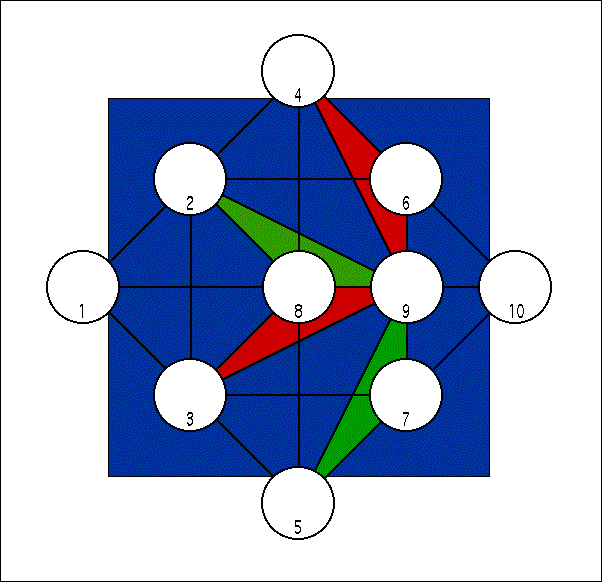
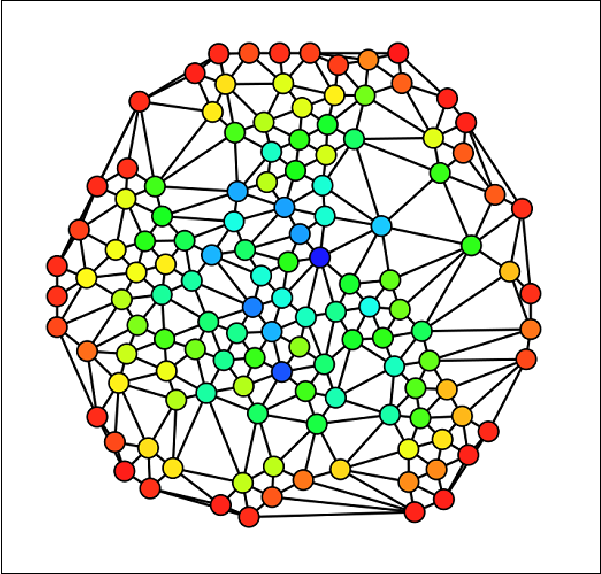
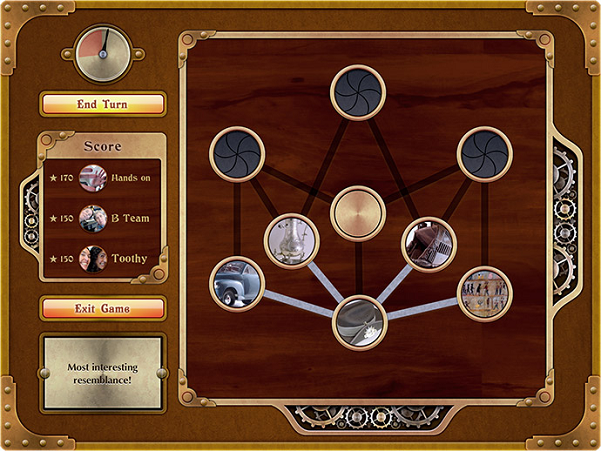
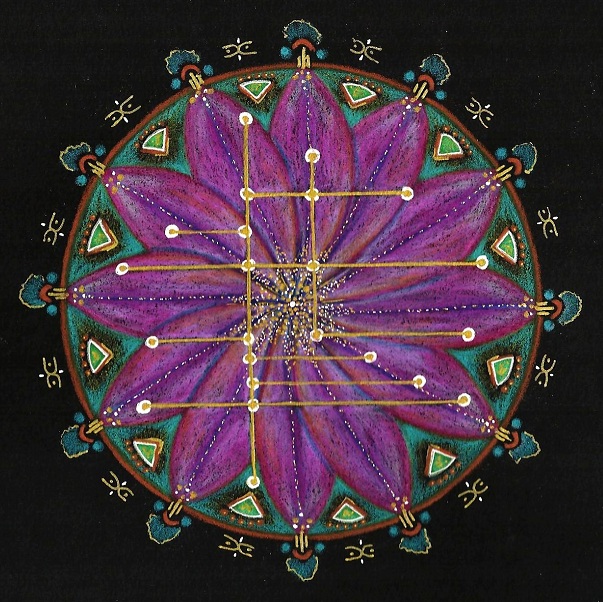
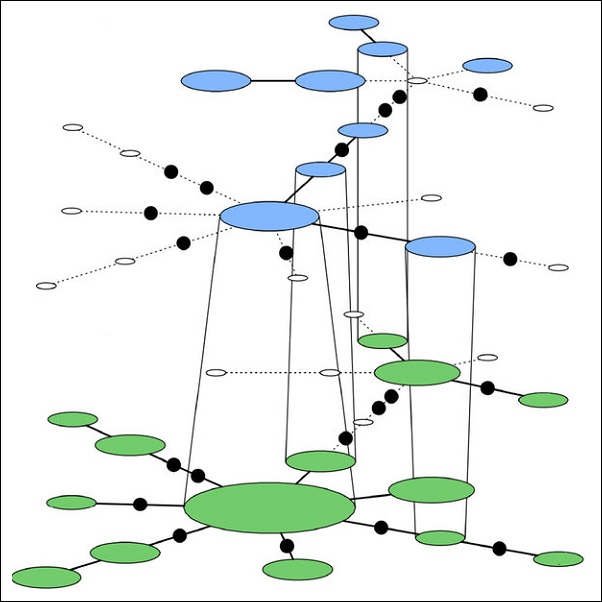
Leave a Reply
Want to join the discussion?Feel free to contribute!